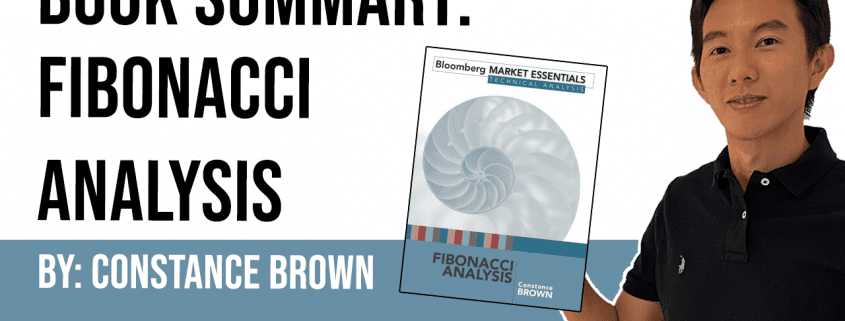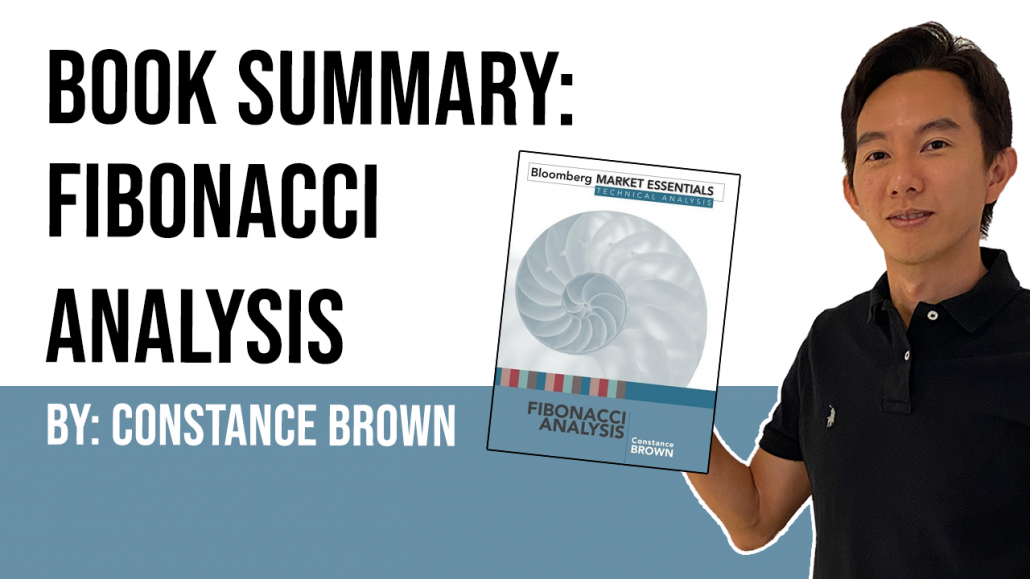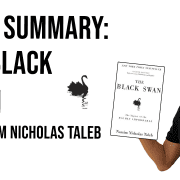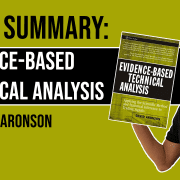Book Summary: Fibonacci Analysis by Constance Brown
Join our Telegram channel for more market analysis & trading tips: t.me/synapsetrading
“Fibonacci Analysis” by Constance Brown is a comprehensive guide to understanding and utilizing Fibonacci ratios in technical analysis.
The book delves into the history and origins of Fibonacci ratios and explains how they can be used to identify key levels of support and resistance in the financial markets.
This book is an essential read for any technical analyst looking to improve their understanding of Fibonacci analysis and apply it to their trading strategies.
In this blog post, I will share all about this book and the author, key ideas from the book, and how you can apply it to your own trading & investing journey.
Table of Contents
About the Author
Constance Brown is a renowned technical analyst and author.
She is the founder and CEO of CBFA (Constance Brown Financial Advisors), a company that provides technical analysis education and consulting services.
She has over 30 years of experience in the financial industry and has been a featured speaker at numerous financial conferences worldwide.
In addition to “Fibonacci Analysis,” she has also written “Technical Analysis for the Trading Professional” and “The Technical Analyst’s Handbook.”
What is the Book About?
The book is divided into three parts, the first of which provides an overview of Fibonacci ratios and their history.
The second part of the book covers the various ways in which Fibonacci ratios can be applied to the financial markets, including stock, futures, and options.
The last part of the book provides a detailed explanation of how to use Fibonacci analysis in conjunction with other technical indicators, such as moving averages and Elliott Wave analysis.
The main message of the book is that Fibonacci analysis is a powerful tool for identifying key levels of support and resistance in the financial markets and that it can be used in conjunction with other technical indicators to improve the accuracy of trading signals.
10 Key Ideas from the Book
- Fibonacci ratios are derived from the Fibonacci sequence, which is a series of numbers where each number is the sum of the two preceding numbers.
- The most commonly used Fibonacci ratios in technical analysis are 0.236, 0.382, 0.50, 0.618, and 0.786.
- Fibonacci ratios can be used to identify key levels of support and resistance on charts by measuring the distance between two points and then applying the relevant Fibonacci ratio.
- Fibonacci retracements can be used to identify potential levels of support and resistance during a pullback in a trend.
- Fibonacci extensions can be used to identify potential levels of resistance during an uptrend and potential levels of support during a downtrend.
- Fibonacci time zones can be used to identify potential turning points in the market based on the length of time a move has been in effect.
- Fibonacci arcs can be used to identify potential levels of support and resistance based on the distance between a high and low point and the corresponding Fibonacci ratio.
- Fibonacci fan lines can be used to identify potential levels of support and resistance by drawing lines from a high or low point at different angles.
- Fibonacci ratios can be used in conjunction with other technical indicators such as moving averages and Elliott Wave analysis to improve the accuracy of trading signals.
- It is important to use Fibonacci analysis in conjunction with other forms of analysis such as fundamentals and market sentiment to make more informed trading decisions.
10 Ways to Apply the Teachings
- Identify key levels of support and resistance using Fibonacci retracements.
- Use Fibonacci expansions to predict potential price targets.
- Use Fibonacci time zones to identify potential turning points in the market.
- Combine Fibonacci analysis with other technical indicators to improve the accuracy of trading signals.
- Use Fibonacci analysis in conjunction with a thorough understanding of market fundamentals and technical analysis principles.
- Consider multiple Fibonacci levels when analyzing price action.
- Use Fibonacci analysis on different timeframes for short-term scalping or long-term investment strategies.
- Understand the concept of “the trend is your friend” when using Fibonacci analysis.
- Use Fibonacci analysis as part of a comprehensive trading or investment strategy.
- Practice using Fibonacci analysis on historical market data to gain experience and improve your skills.
Other Important Points from the Book
- Fibonacci analysis is based on the assumption that financial markets exhibit patterns and behaviors that repeat over time.
- The accuracy of Fibonacci analysis can be affected by market conditions and volatility.
- Fibonacci analysis is a tool that can be used to identify potential opportunities, but it should not be used as the sole decision-making tool.
- Fibonacci analysis is not suitable for beginners, it requires a certain level of technical analysis competency.
Concluding Thoughts
In conclusion, “Fibonacci Analysis” by Constance Brown is a comprehensive guide to understanding and applying Fibonacci ratios in technical analysis.
The book provides a clear and thorough explanation of the mathematical principles behind Fibonacci analysis, as well as practical examples of how to use it in real-world trading scenarios.
The author’s deep expertise and clear writing style make the book accessible to both experienced traders and those new to Fibonacci analysis.
I would recommend this book to anyone interested in technical analysis, particularly those who are interested in using Fibonacci ratios to make better trading decisions.
It is also a great resource for traders who are looking to improve their understanding of how Fibonacci ratios can be used to identify key support and resistance levels in the market.
Whether you are a professional trader or a beginner, “Fibonacci Analysis” is an excellent guide to mastering this powerful tool in technical analysis.
Now that I have covered all the key learning points of this book, would you consider adding it to your reading list?
For those who have already read it, what are some of your key learning points?
Let me know in the comments below!

If you would like to find more book summaries and recommendations, also check out: “Best Investing & Trading Books of All Time”
 Our flagship mentoring program is suitable for both beginners and advanced traders, covering the 4 strategies which I used over the past 15 years to build up my 7-figure personal trading portfolio.
Our flagship mentoring program is suitable for both beginners and advanced traders, covering the 4 strategies which I used over the past 15 years to build up my 7-figure personal trading portfolio.
 If you're looking for a reputable brokerage that covers all products (SG stocks, US stocks, global stocks, bonds, ETFs, REITs, forex, futures, crypto) and has one of the lowest commissions, this is what I currently use.
If you're looking for a reputable brokerage that covers all products (SG stocks, US stocks, global stocks, bonds, ETFs, REITs, forex, futures, crypto) and has one of the lowest commissions, this is what I currently use.
After trading for 18 years, reading 1500+ books, and mentoring 1000+ traders, I specialise in helping people improve their trading results, by using tested trading strategies, and making better decisions via decision science.














Leave a Reply
Want to join the discussion?Feel free to contribute!